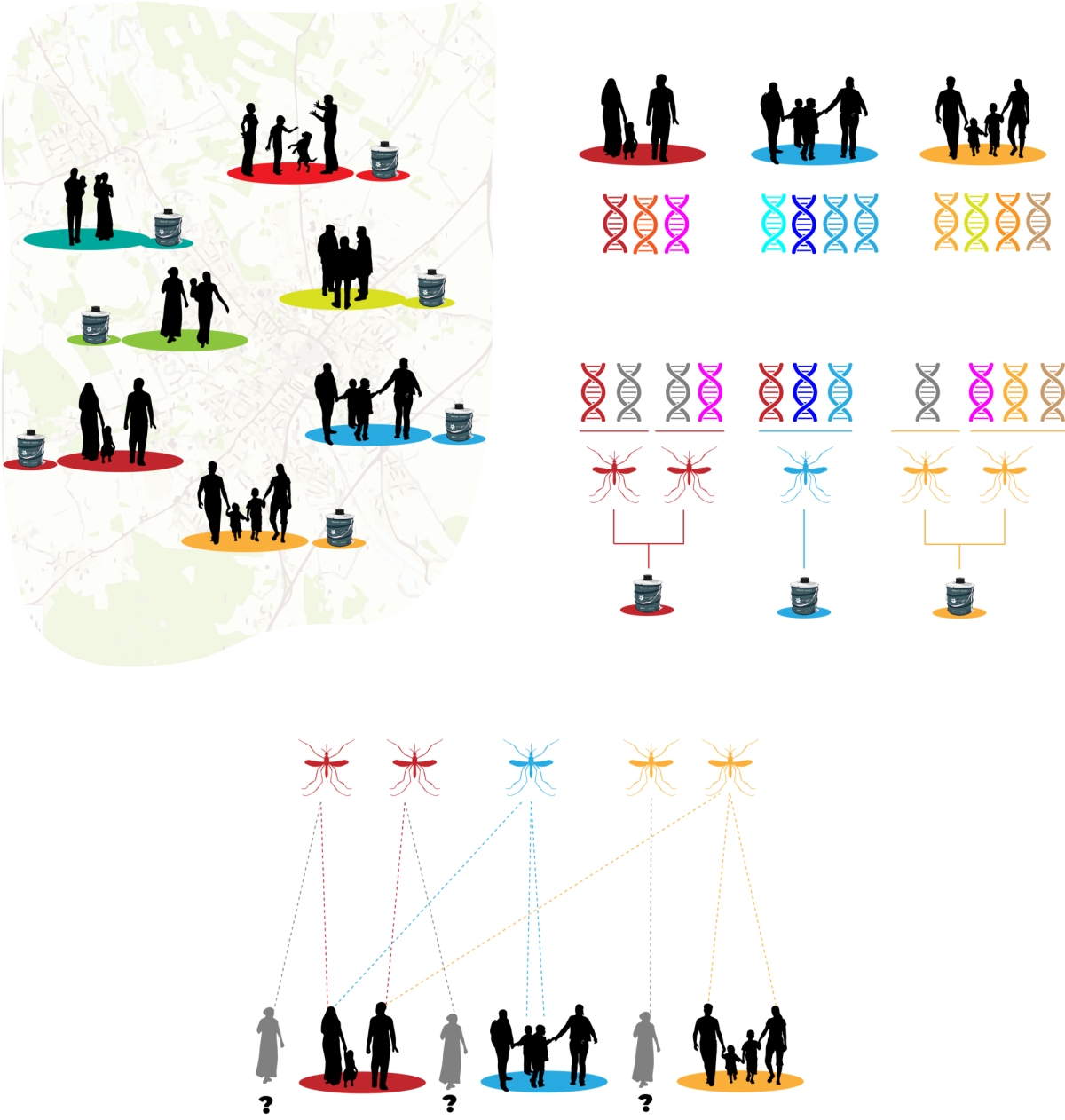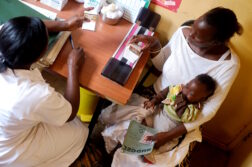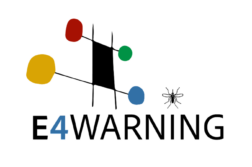This project will use mobile phone positioning, DNA fingerprinting, and citizen science, combined with traditional sociodemographic methods to trace the host-vector biting networks through which mosquito-borne diseases flow and illuminate the behavioural, socio-demographic, and environmental mechanisms that shape these networks in a spatially explicit manner. It will merge this ground-breaking data with existing datasets on population, urban structure, land cover, and climate, analysing it using network techniques, spatial models, and machine learning to test hypotheses about the determinants of these networks. The results will make it possible to improve dynamic models of mosquito-borne disease and recommend targeted policy interventions for reducing disease risk in Europe and around the world. In doing so, it will
address the critical need for greater social science perspective iThis project will use citizen science, mobile phone geolocalization, genetic analysis, surveys, interviews, and cutting-edge modelling techniques to trace the host-vector contact networks through which mosquito-borne diseases flow, illuminate the mobility patterns and other behavioural mechanisms that shape these networks, and evaluate policy interventions aimed at reducing the risk of these diseases in urban and suburban settings. In doing so, it will address the critical need for greater social science perspective in mosquito-borne disease research, making it possible to improve disease models and public health management through a fuller understanding of the socio-ecological context driving dengue, chikungunya, Zika and other mosquito-borne diseases that place enormous burdens on society and exacerbate social inequality across the globe. It will draw on the the PI’s unique interdisciplinary background, straddling socio-demography, public policy, and disease ecology, and his pioneering work on citizen science in public health research and mobile phone tracking in demographic research.





